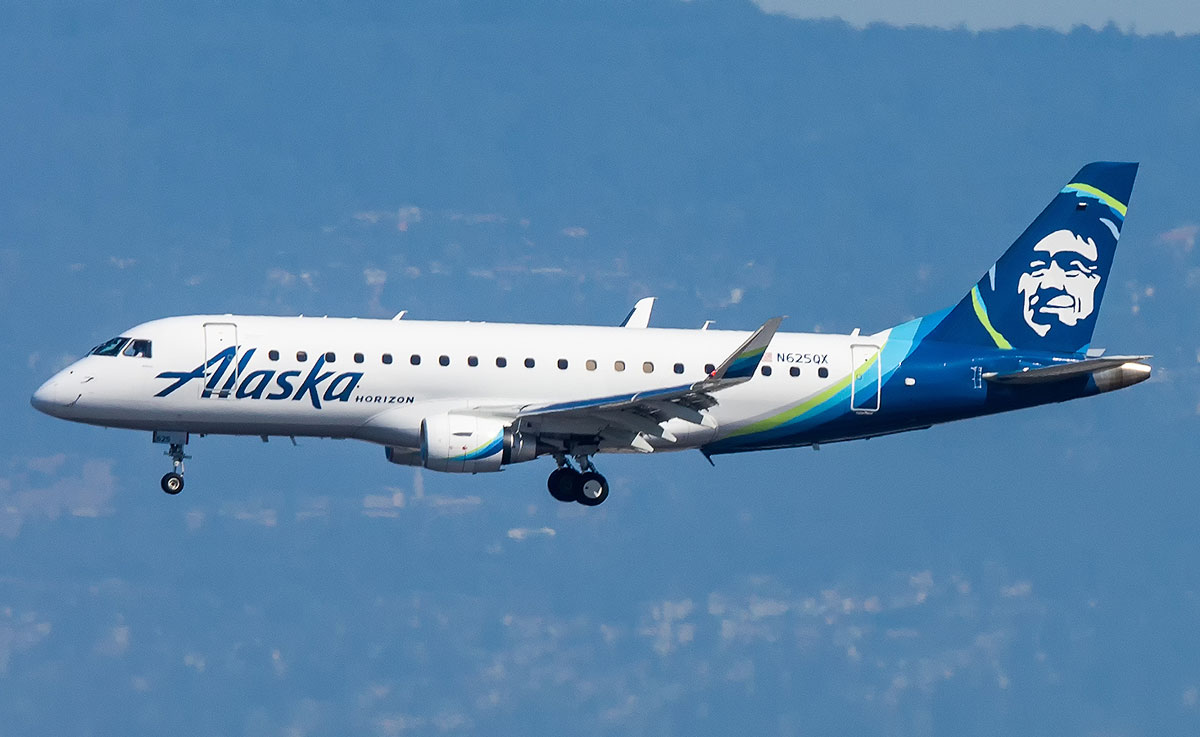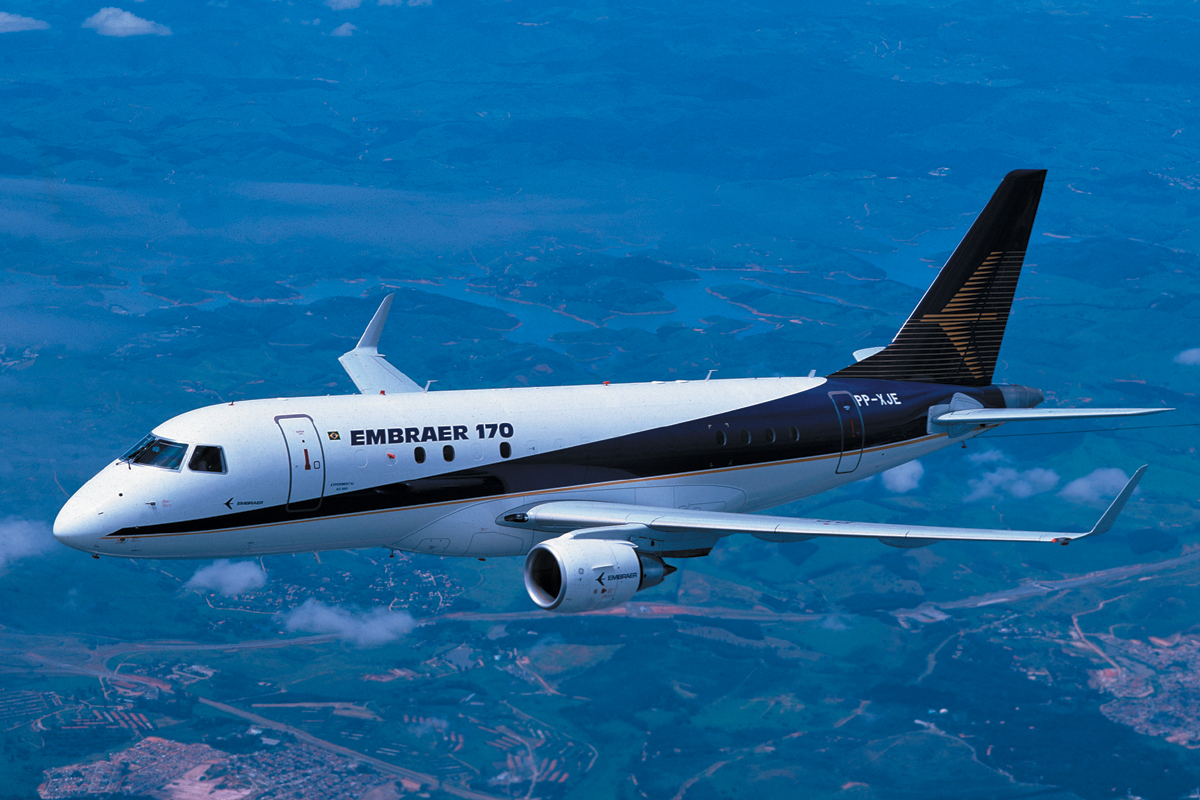On Saturday, February 19th, 20 years have passed since the inaugural flight of the E170, registration PP-XJE. The prototype marked the birth of the E-Jet family of commercial jets and that made Embraer surpass its traditional rival, Bombardier.
Although the Brazilian manufacturer was already in a positive phase after almost going bankrupt in the early 90’s, the E-Jet series was a masterstroke that put pressure on the Canadian competitor to the point of taking it to the ground years later.
The commercial aircraft family had begun to be developed long before 2002. In 1997, during the presentation of the ERJ 135, a smaller variant of the successful ERJ 145, Embraer was already anticipating what would become the Embraer 170, as it was called then.
Instead of a fuselage with rows of three seats, the new plane would have four seats per row and a lower cargo hold with significant volume.
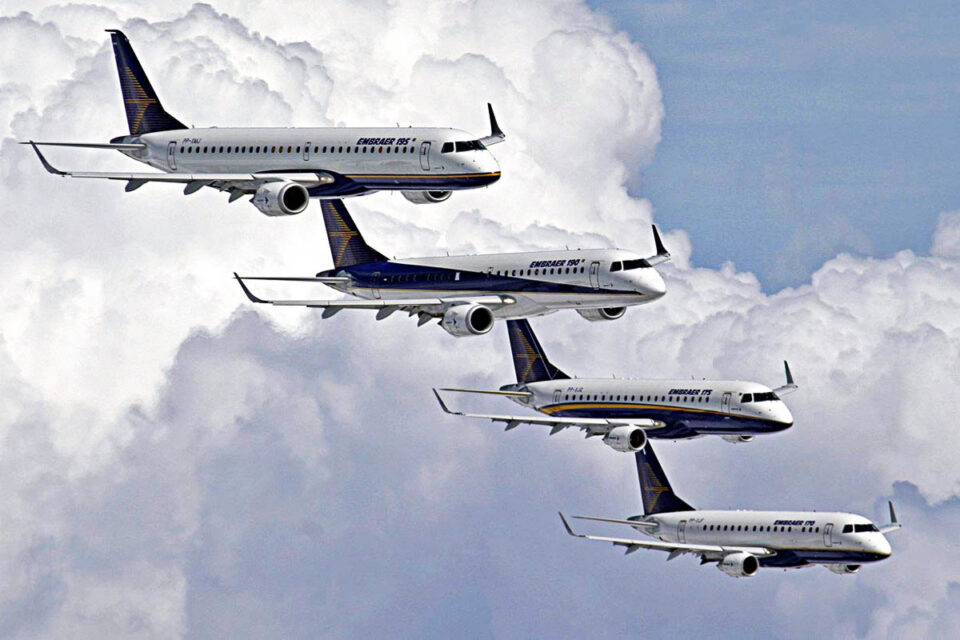
Embraer was also innovating by designing the new regional jet with engines in the wings instead of the tail, thanks to CF-34 turbofans supplied by GE.
At that time, Bombardier had an advantage over Embraer due to the greater internal space of the CRJ aircraft, based on the Challenger business jet. The CRJ700 model, for example, carried up to 78 passengers and had been launched in 1997.
Embraer responded in 1999 with the presentation of the 170 and 190, a variant for more than 100 passengers. It was clear that the Brazilian company was taking the leap, which had in its hands a more capable aircraft in every way.
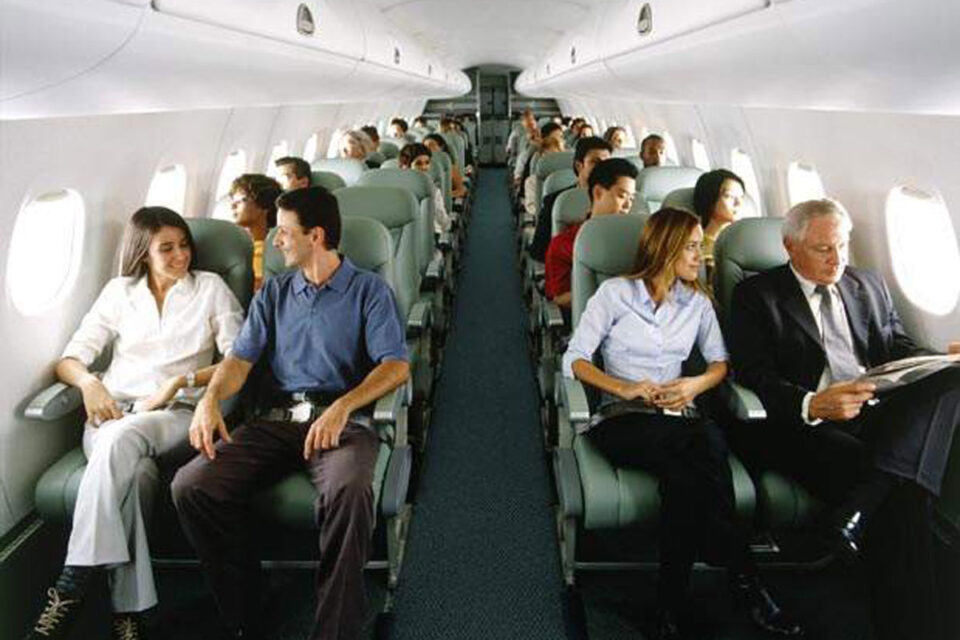
Defeat of competitors
Despite the good acceptance of the CRJ series, which had larger versions such as the CRJ900 and CRJ1000, the E-Jet family took the lead in terms of order volume, especially with the introduction of the E175, tailor-made to meet the scope clause of the companies US airlines.
Faced with the technical limitations of the CRJ, Bombardier ended up starting a brand new project, the CSeries, with aircraft larger than the E-Jets. Although technically crafted, the CS100 and CS300 plunged the Canadian planemaker into debt, resulting in the program being sold to Airbus.
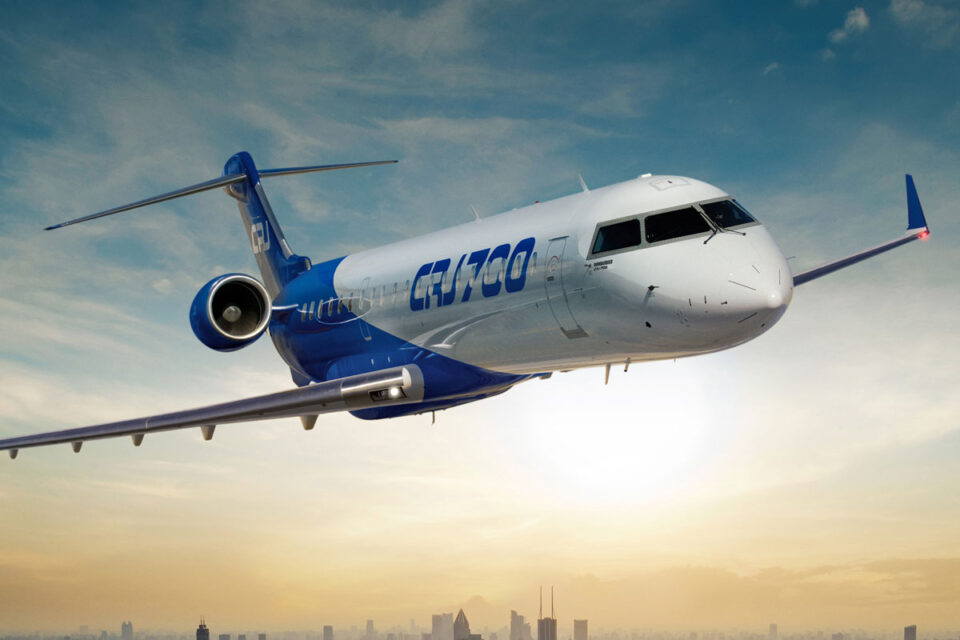
In the meantime, Embraer has become the regional jet market leader, with nearly 1,700 E-Jets produced. If it currently struggles to make the E2 family repeat the success of the E1 jets, Embraer finds itself alone in the segment below 100 seats.
Bombardier sold the CRJs to Mitsubishi, which has no plans to resume production at the same time it froze the SpaceJet program, whose planes have features capable of standing up to the E-Jets.
Thanks to this, the E175, the last of the E1s to be launched, is still in production and with a respectable order backlog, showing the excellence of a project with two decades of life.
